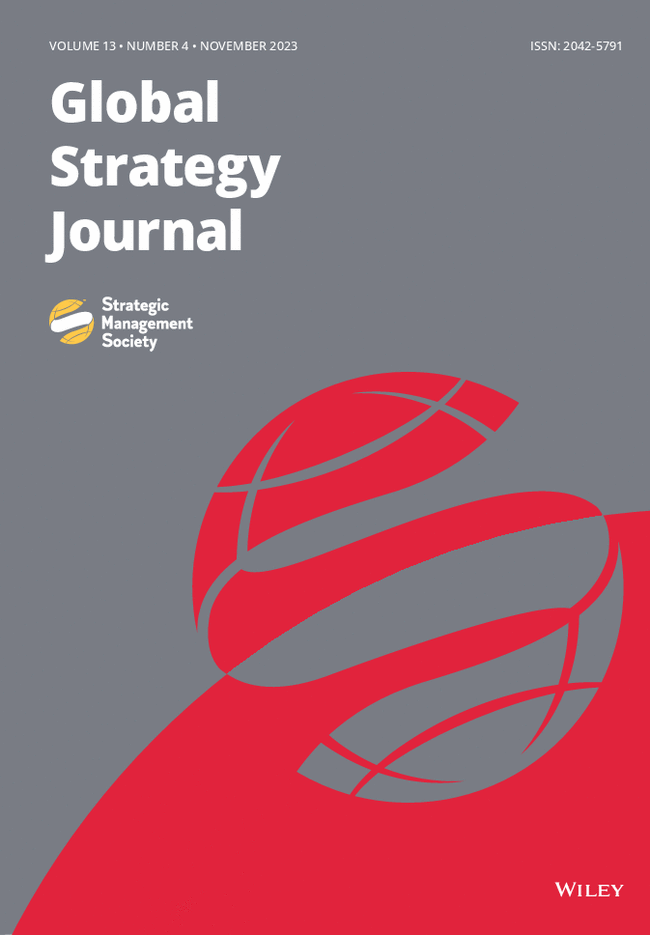We provide a more granular and comprehensive approach to subsidiary evolution and enhance the understanding of the complexity of the subsidiary's evolution in the era of value chain fine-slicing. We extend Birkinshaw and Hood's model of general processes of subsidiary evolution into a model of functional evolutionary paths that represents nine configurations of charter and capability changes. We examine initiative, autonomy, and track record as determinants of 1455 functional evolutionary paths identified in 266 subsidiaries operating in the Polish and Swiss manufacturing sectors. Through a two-level multinomial logistic regression model, we learn that subsidiary initiative and track record are positively related to an increase in subsidiaries' charter and capability enhancement, respectively. Subsidiary autonomy though, is negatively related to charter increase and capability enhancement.
We consider subsidiaries' initiative, autonomy, and track record as factors shaping the changes in functional responsibilities and corresponding capabilities. Our results show that frequent and successful initiatives support a functional charter increase but do not necessarily enhance corresponding functional capabilities. Furthermore, a lower level of decision-making autonomy in efficiency-driven organizations does not translate into difficulties with a functional charter increase. A subsidiary can benefit from lower autonomy by focusing subsidiary-development efforts on areas aligned with the headquarters' interests. A proven track record does not translate into a functional charter increase; in some cases, it even increases the likelihood of charter depletion. Nonetheless, it increases the likelihood of enhancing functional capability.


